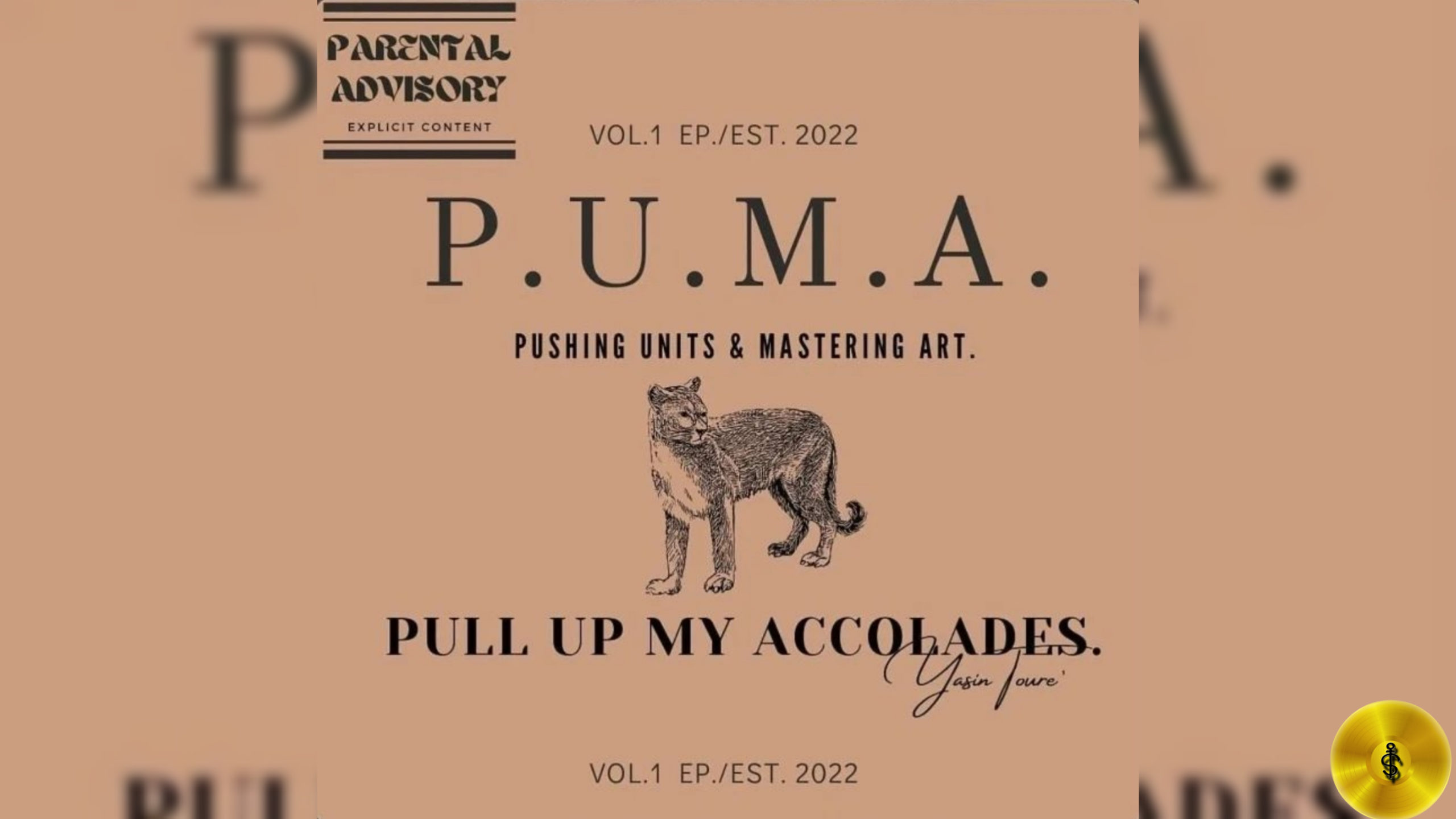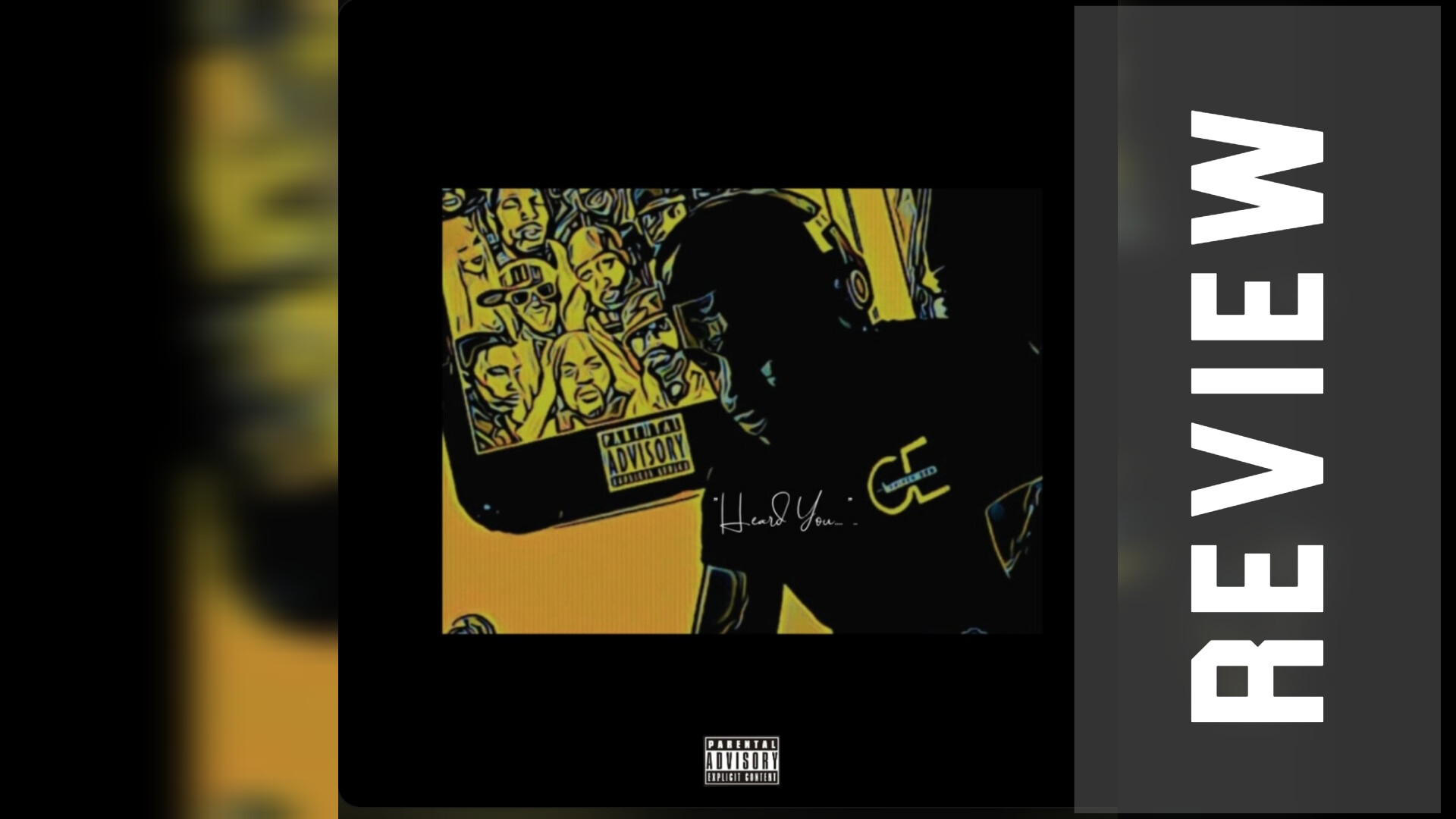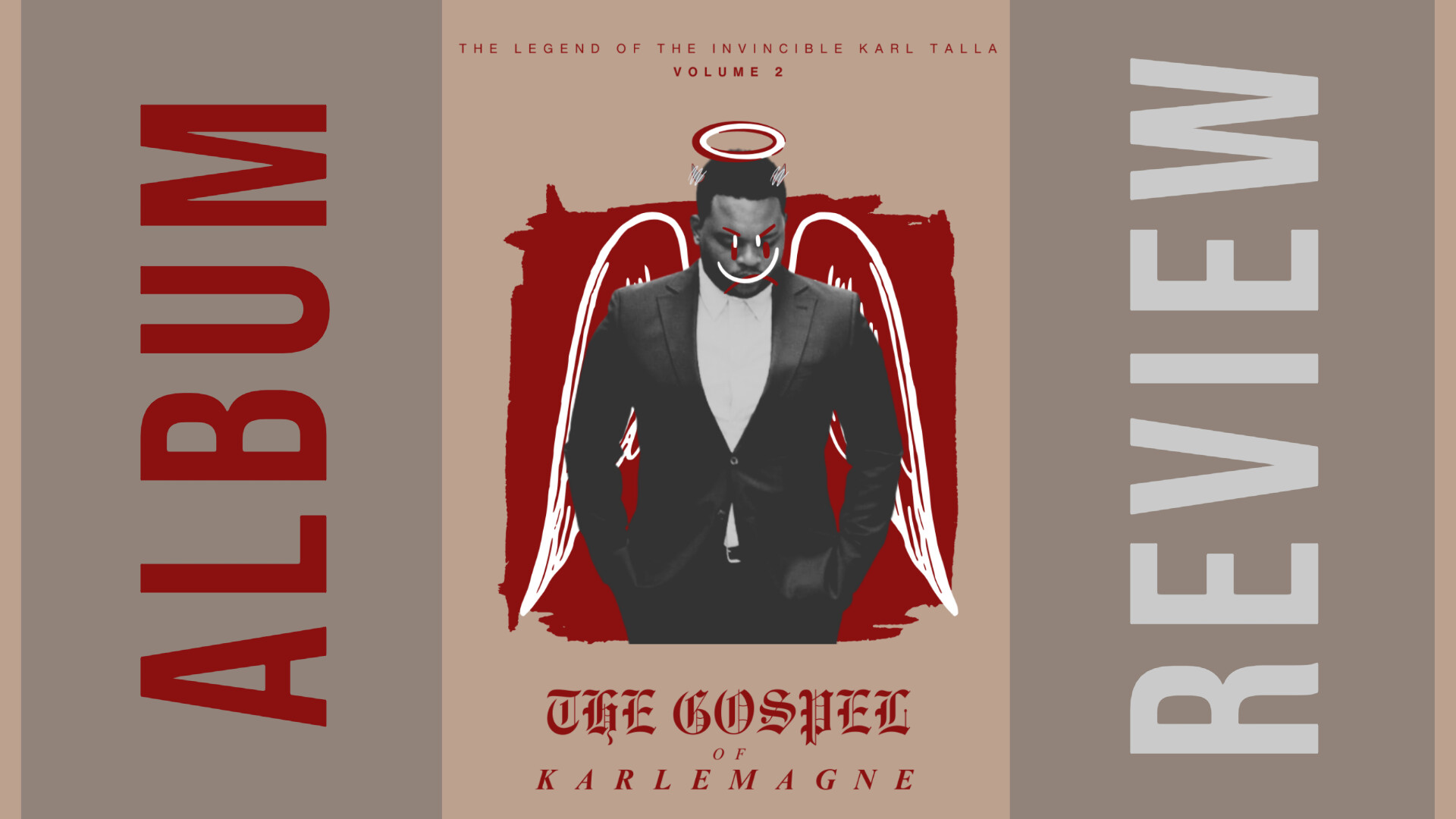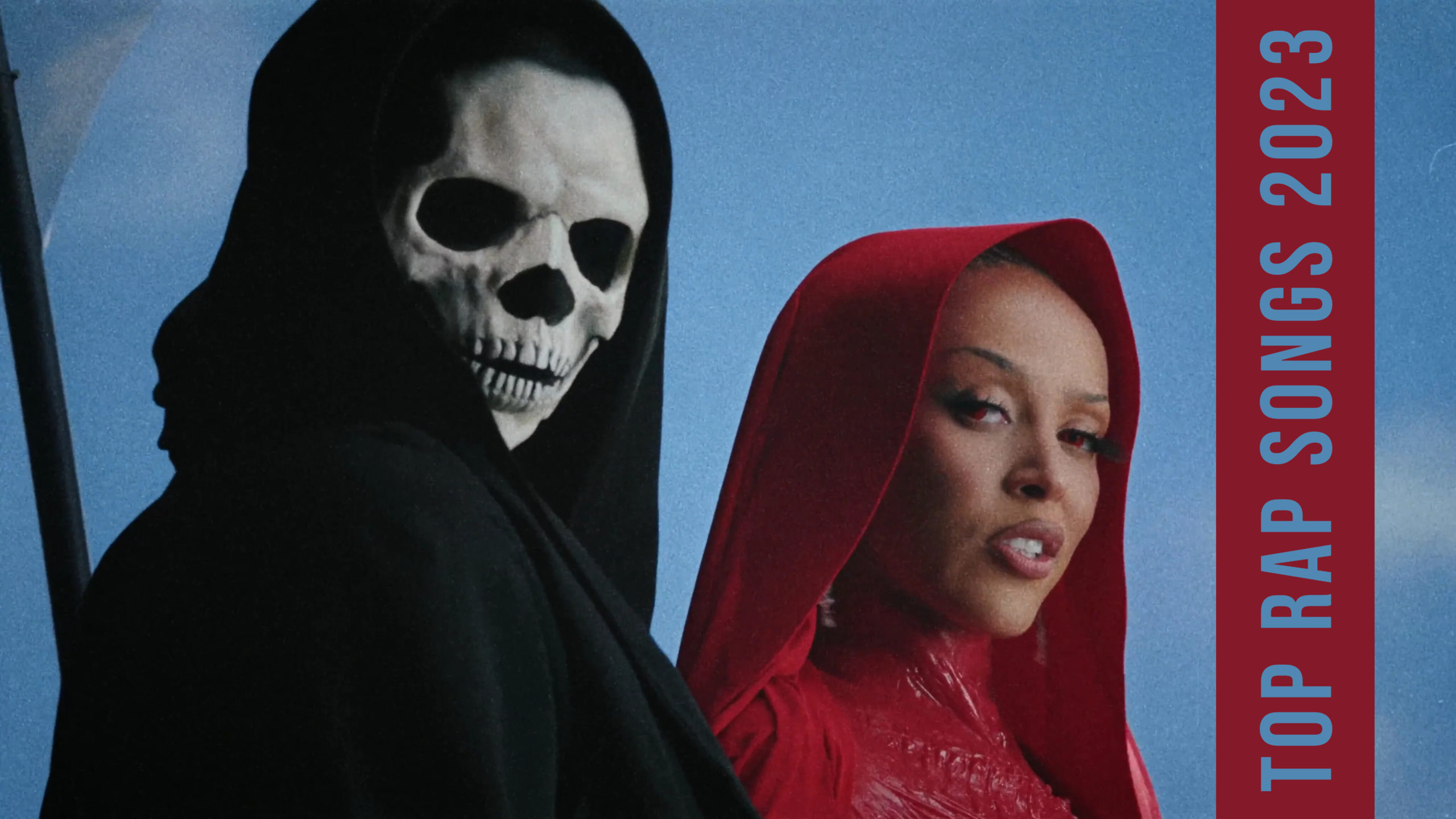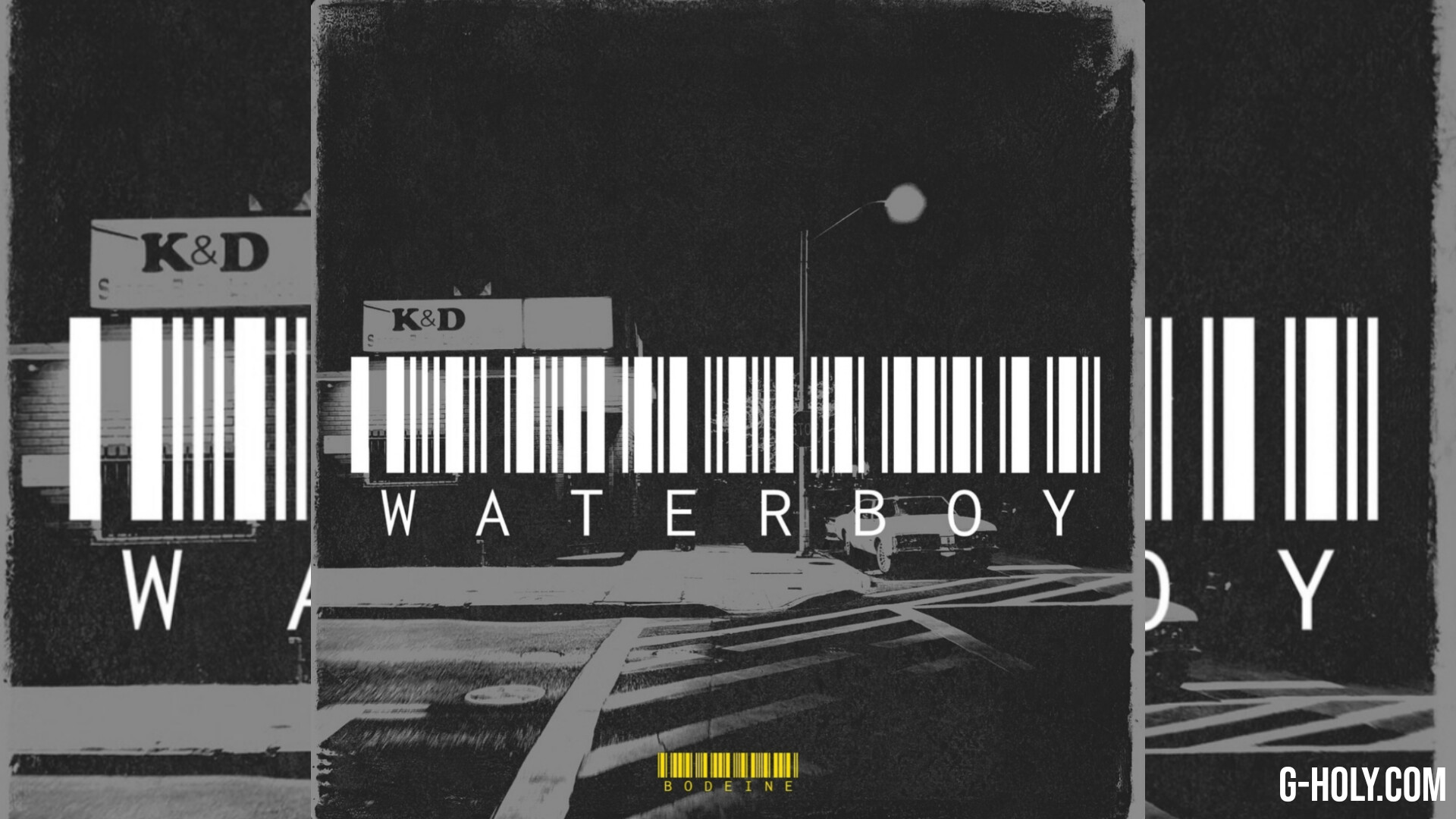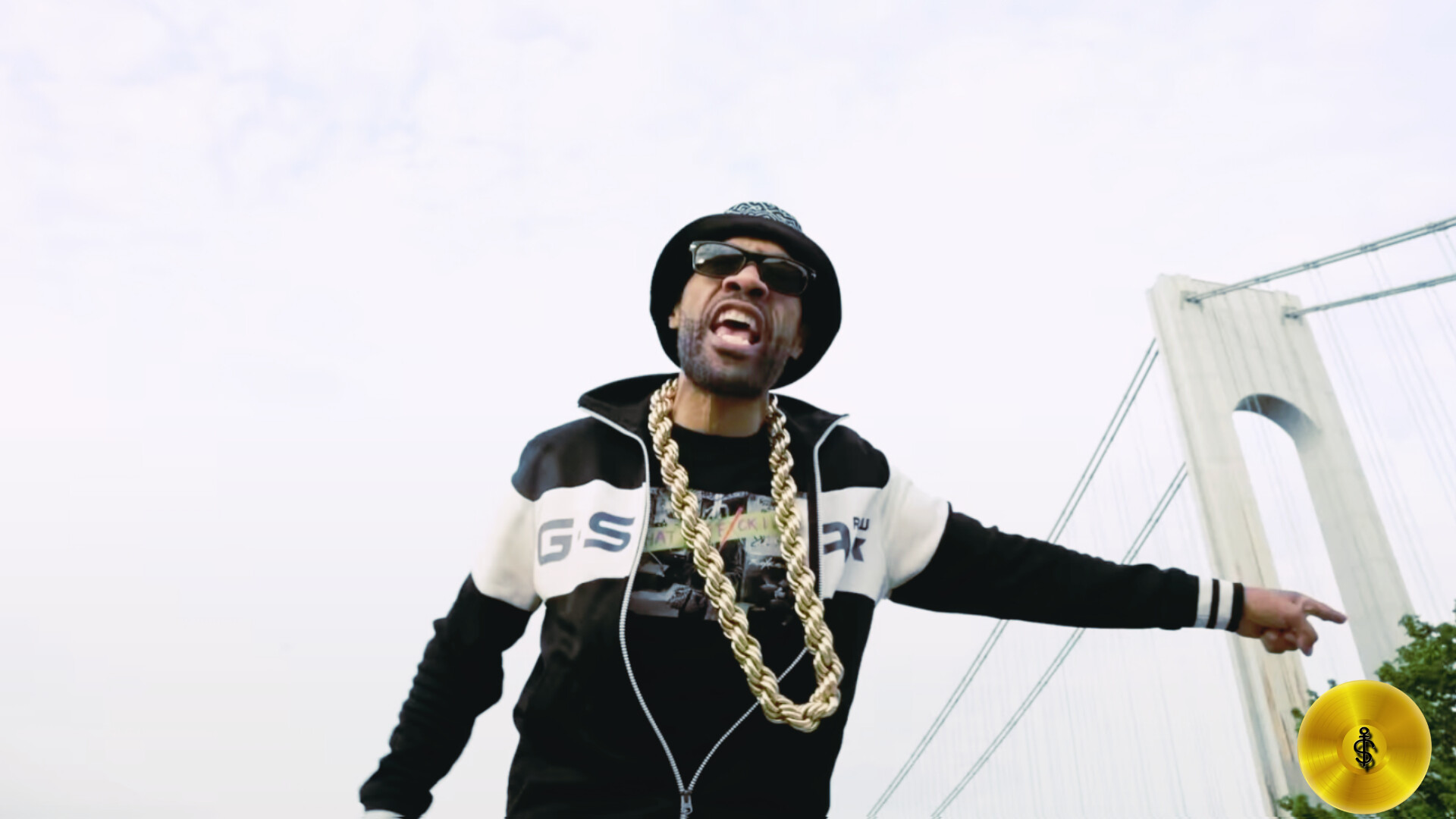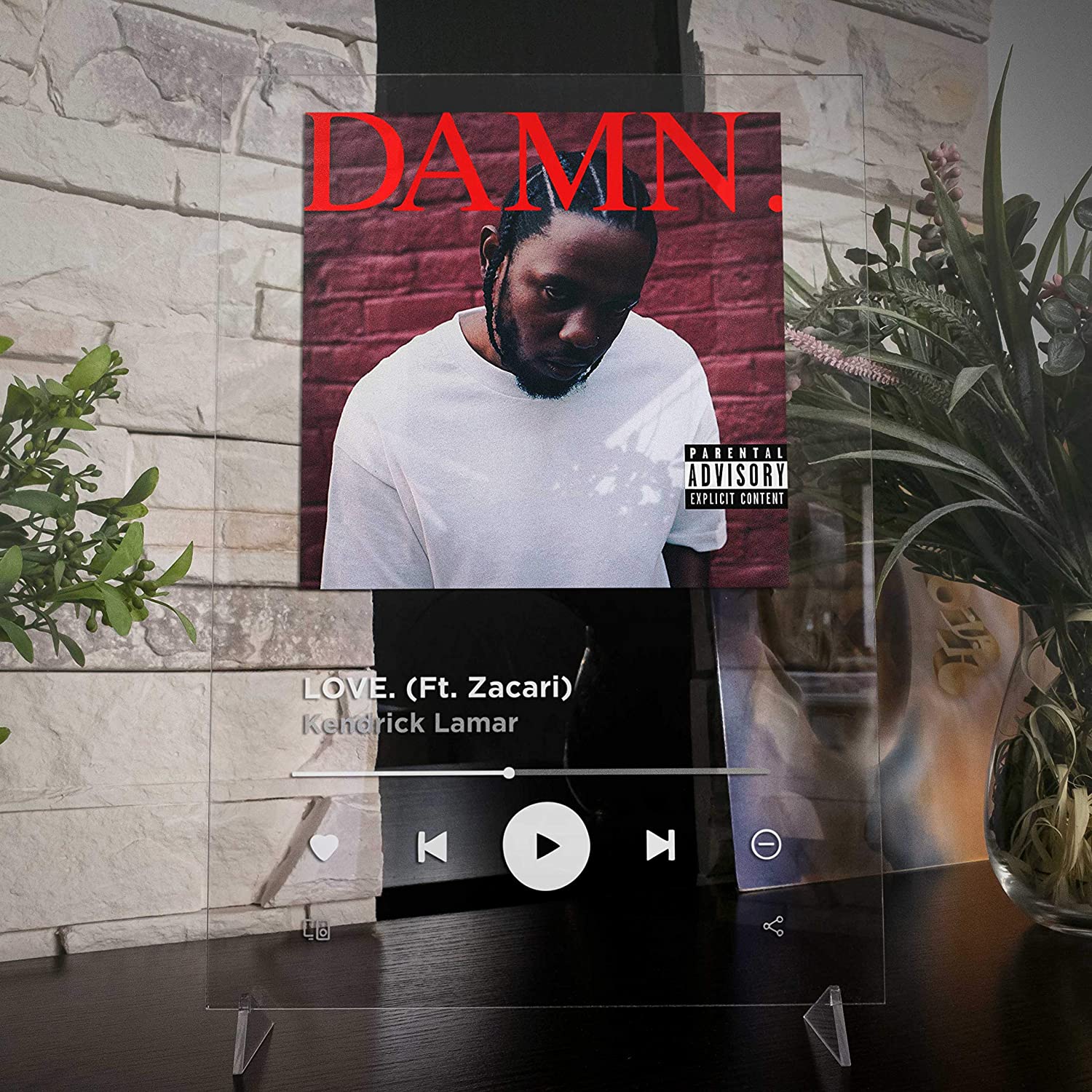
Many of the great Hip-Hop albums of all time achieve that recognition thanks to a number of things. Obviously the rhymes and beats on the record must be dope, but rhymes and beats alone are not enough to solidify any album as a bona fide masterpiece.
Full albums are projects and should be treated as such. That’s why the majority of Hip-Hop LP’s that stand the test of time are clear and cohesive projects that have one or more overarching themes. For example, GZA’s “Liquid Swords” and Dre and Snoop’s “Nuthin’ but a G thang” are both legendary tracks, but it simply wouldn’t make sense for them to appear on the same album, as they are extremely different, both sonically and thematically.

Over the years, countless artists and groups have used non-musical devices to construct a narrative that flows through the duration of an album and serves to tie the whole project together. Whether it be Tribe and the automated “tour guide” in between tracks on their 1993 album, Midnight Marauders, or Kendrick Lamar and the poem that connects tracks on his magnum opus, 2015’s To Pimp a Butterfly, this tradition has been around in Hip-Hop for decades. Certain artists and groups however, have taken this idea even further by creating what are known as concept albums.
Merriam-Webster dictionary defines the noun concept album as “a collection of songs about a specific theme or story.” While this definition is a good jumping-off point, it is far from complete. Concept albums are so much more than “a collection of songs about a specific theme or story.” They are endlessly creative and innovative ways of telling stories through music, whether they be completely fictional, or one hundred percent true and personal.
A fantastic example of the potential for creativity in concept albums can be found in The Roots’ undun. The 2011 album tells the story of a fictional character, Redford Stevens, whose ills in life are all too real. Redford’s story is a tragic one and the sonic characteristics of the album match the heaviness of the lyrics about Redford’s life. Redford is a product of the ghetto and the album follows his rise and fall, before he dies a violent death at a young age. While this may seem like a conventional set up, the thing that sets undun apart, besides Black Thought’s exceptional lyricism and The Roots’ meticulous production, is the fact that this story is told in reverse. The record opens with the sound of a heart rate monitor flatlining, signaling Redford’s death, before his reverse life story is told all the way to his birth in the final few tracks.

Another concept album that has been known and remembered for its boundless creativity is De La Soul’s De La Soul Is Dead. Coming in 1991, the Queens-based group’s second album was totally unlike their debut which put them on the map. In fact, the entire concept behind De La Soul Is Dead was the group shedding their hippie images and demanding to be taken seriously. Throughout the whole album there are skits between songs, which feature teenage voices who are listening to the album and reacting to it as each track passes. The kids are scathing in their criticisms of the record and in the end they throw the tape in the trash, before declaring that “De La Soul is dead.” The concept behind De La Soul Is Dead was so original and so unheard of that it could have easily backfired and done unfixable damage to De La’s career. Fortunately, the group executed the concept to perfection and the album has gone down as a classic.
One of the few MC’s today that is carrying on the tradition of finding new ways to create concept albums is Kendrick Lamar. Having flirted with and mastered the idea in his first two major label LP’s, Kendrick created a full blown conceptual classic with his most recent album, 2017’s DAMN. On DAMN., Kendrick addresses a number of different issues, both personal and societal. While there is no clear narrative in terms of skits or a story going through the entire album, Kendrick presents each track as a separate idea, before synthesizing them all together into one cohesive theme. He constantly references other tracks on the album before questioning it all in the final verse of the album’s centerpiece, “FEAR.” After illustrating his biggest fears at three distinct stages of his life, Kendrick finally lets the listener in, explaining how each track represents an insecurity of his in one of the most brilliant pieces of self-referential writing to ever make it on a record.
“I’m talkin’ fear, fear of losin’ loyalty from pride
‘Cause my DNA won’t let me involve in the light of God
I’m talkin’ fear, fear that my humbleness is gone
I’m talkin’ fear, fear that love ain’t livin’ here no more
I’m talkin’ fear, fear that it’s wickedness or weakness
Fear, whatever it is, both is distinctive”
Concept albums are just one example of the immeasurable amount of potential for creativity and uniqueness in Hip-Hop music. The ability to create an LP filled with different tracks that acts as a cohesive and fully realized project is one that many artists and groups have mastered over the years. Concept albums are one of the things that make music and Hip-Hop so great, for they prove that there is no cap on creativity.
G-HOLY.COM, 2021.⁷

